Stanley McCormick Hall - MIT’s only all-female dormitory
Introduction
Text-to-speech Audio
MIT’s only all-female dormitory Stanley McCormick Hall marked a historic moment in MIT and US history. Built in 1963 by MIT architecture professor, Herbert Beckwith, McCormick Hall shepherded an era of greater commitment to the equal education of women by MIT.
Katharine Dexter McCormick, an early female graduate of MIT in 1904, commissioned the building of McCormick Hall and named it after her deceased husband. Even though MIT had been accepting women since 1883, Katharine Dexter McCormick felt MIT was insincere in its efforts to support female students. She spent her adult life promoting women’s equality at MIT in addition to playing a prominent role in the women’s suffrage movement and efforts to develop safe birth control methods. McCormick Hall is the capstone of Katharine Dexter McCormick’s many contributions to MIT. McCormick Hall stands as a monument to her belief that it is possible to combine graciousness and style with intellectual seriousness and persistent hard work. (1)
Key Card Access for Residents Only.
Images
Building W04, Stanley McCormick Hall, dedication ceremony, Katharine McCormick at podium, 1963
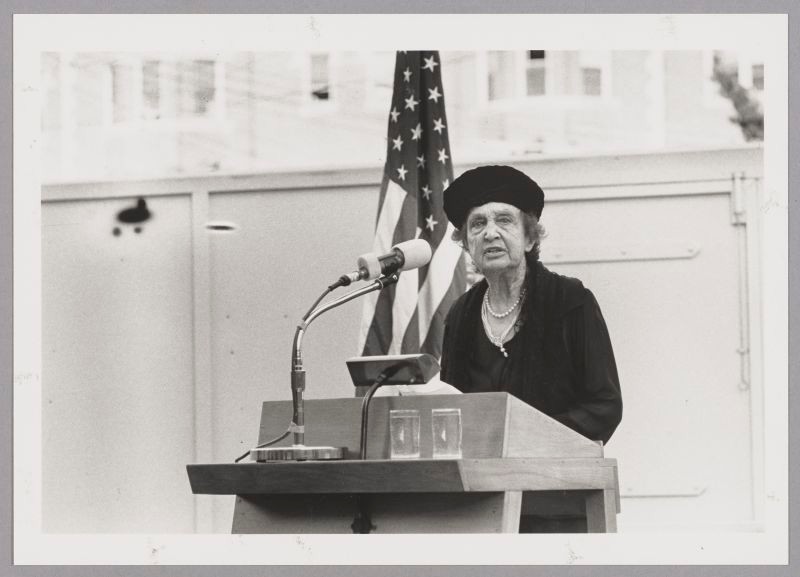
McCormick Hall on the Charles
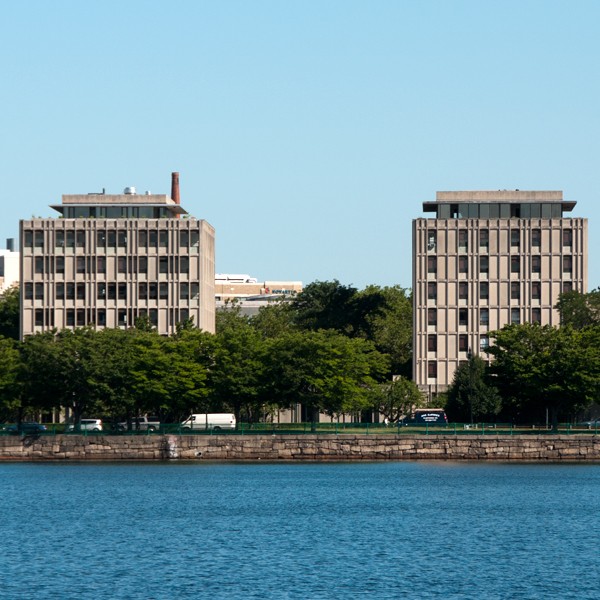
McCormick Hall today
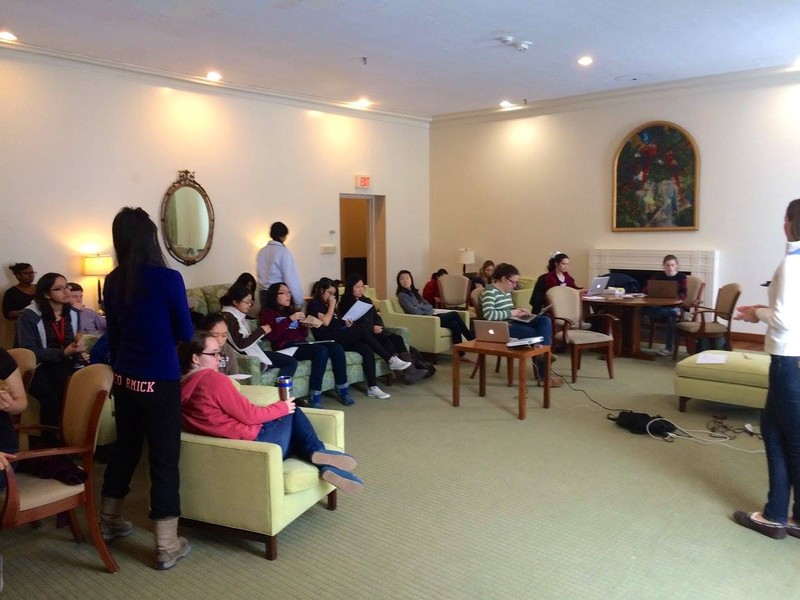
Snowman in front entrance of McCormick

Living Room of McCormick Hall when it opened in 1963
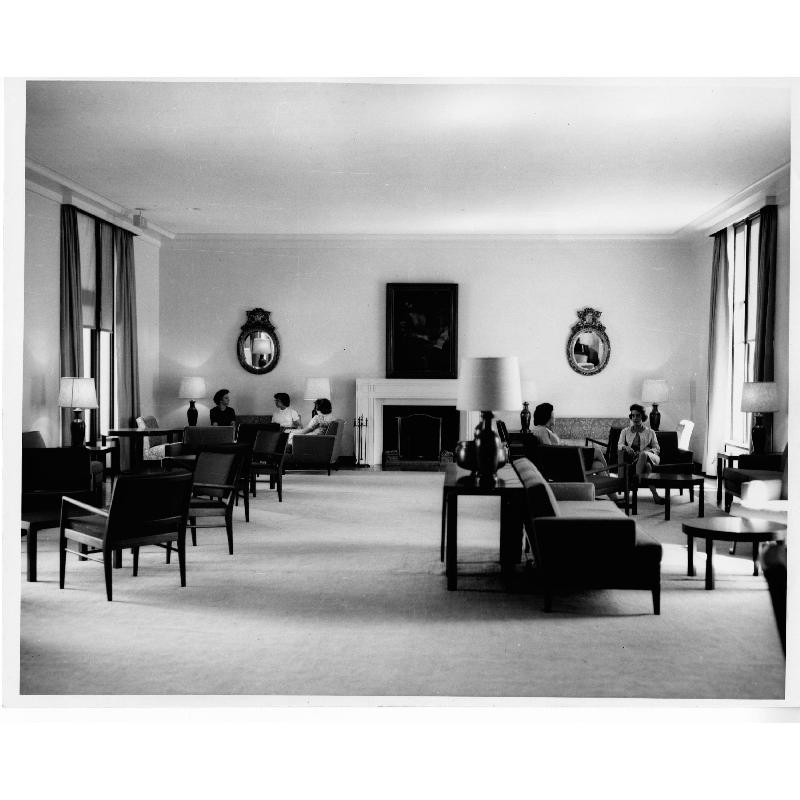
McCormick Hall after completion of Tower 2
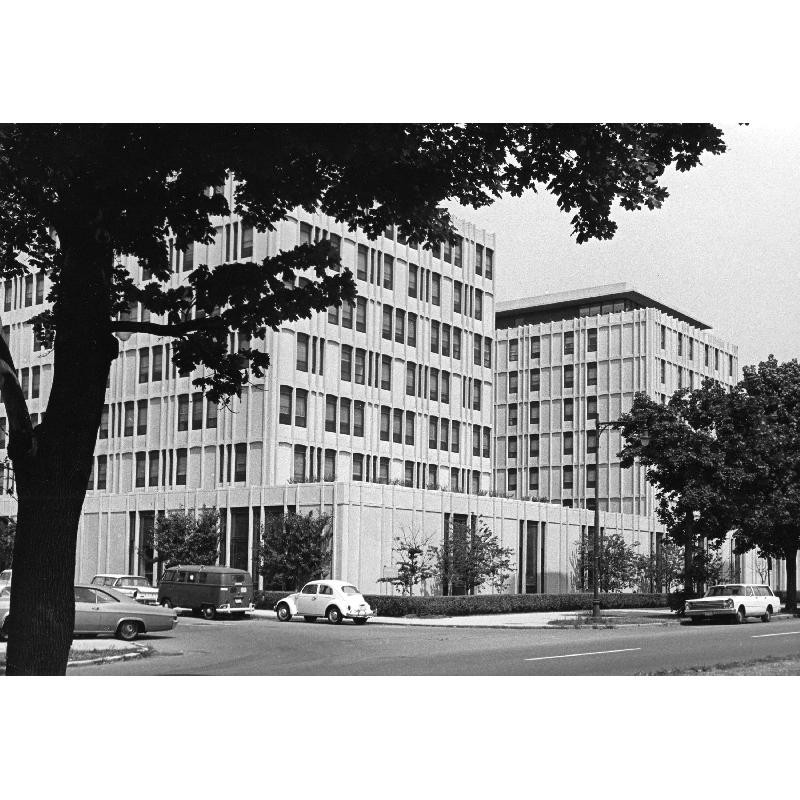
Stanley McCormick Hall, architectural rendering, at meeting, 1962
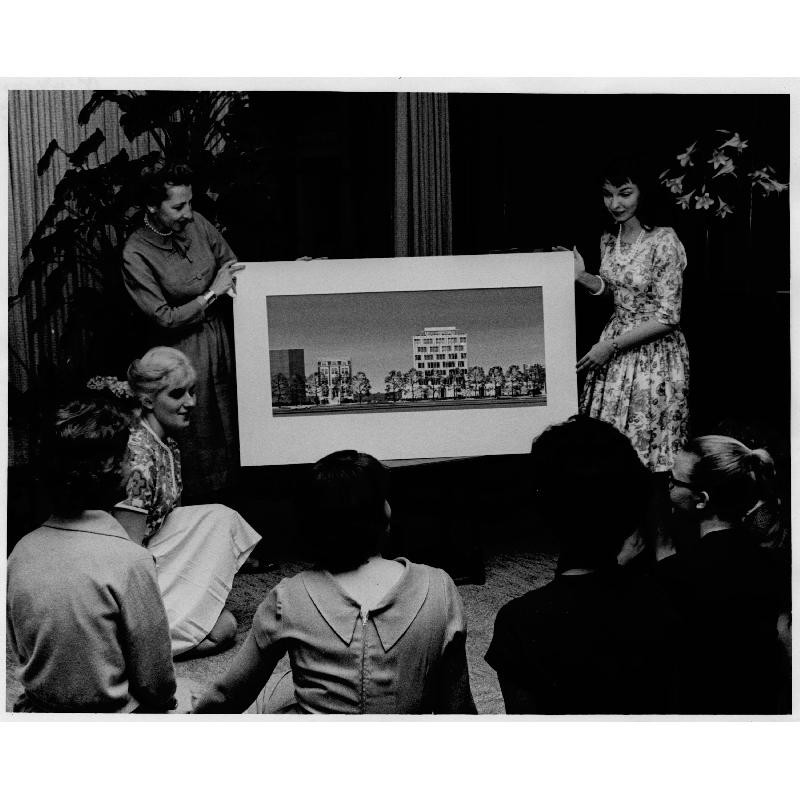
Residents gather in McCormick Hall Courtyard
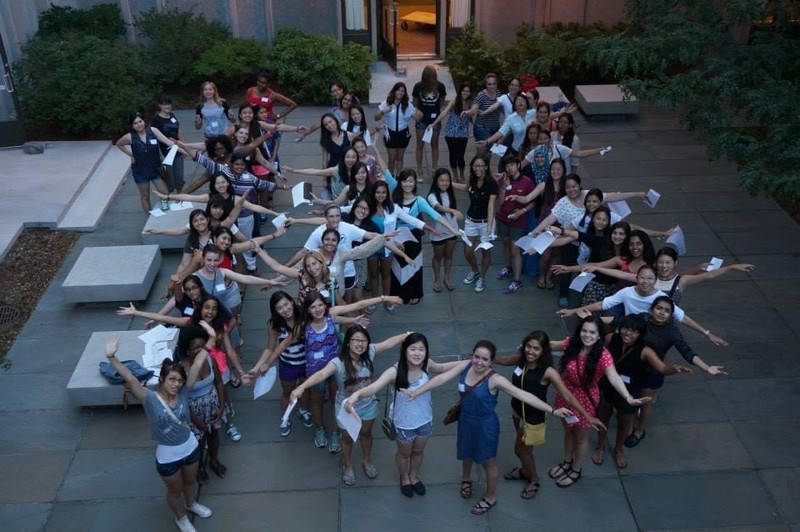
McCormick Hall Tower 2 under construction
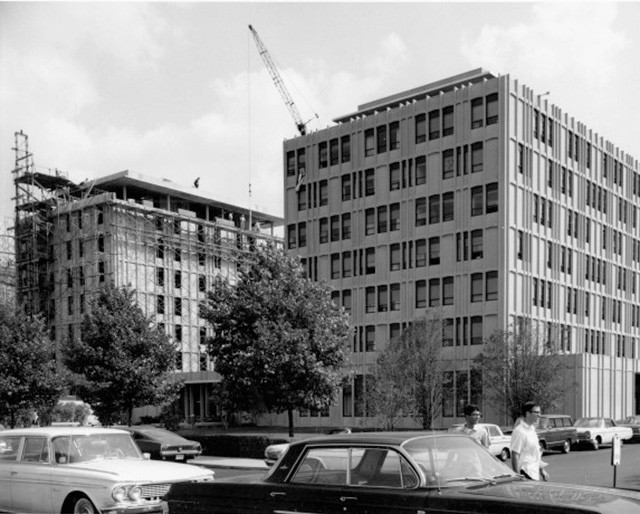
Katharine Dexter McCormick

Backstory and Context
Text-to-speech Audio
Katharine Dexter McCormick was a central figure in many of the most important social and political struggles facing American women in the twentieth century. She believed in using her fortune to aid unpopular causes which, in addition to controversial political movements, included the visual arts and music. While a student at MIT, McCormick faced many of the same biased policies and heightened expectations of women relative to men that Ellen Swallow Richards did nearly three decades earlier. She successfully fought against an MIT policy that required women to wear feathered hats, a fire hazard in laboratories. (1)(2) This led to a lifetime of fighting for women at MIT.
Recognizing the need for reliable housing for women students to participate fully in student life, in 1945, McCormick supported Margaret Compton, wife of then MIT President Karl Taylor Compton in opening 120 Bay State Road in Boston as a dormitory for 20 women and paid for their taxi fare to and from campus. With this and other measures, the number of women at MIT slowly increased during the first half of the 20th century. Even so, fewer than 100 women attended MIT at any given time, and even fewer graduated. McCormick saw the need for a stronger women’s community to help women succeed at MIT. Therefore, she donated $1.5 million to MIT in 1960 for the construction of a women’s dormitory. (3)
McCormick Hall has the capacity to house 255. Its outside facade is built in the Brutalist architectural style with stark, unembellished concrete and glass panels. In sharp contrast, the mid-century modern interior design of McCormick is noted for its ornateness compared to other student housing. Katharine Dexter McCormick worked with the designer, Elizabeth Beckwith, wife of the architect who built the dormitory to create cozy and inviting common areas and donated many of her own possessions for the common areas. (4) These common areas even today remain a gathering place for students to study, have meetings for student organizations, practice piano, and share meals. There is even a room for dance classes. The first tower, completed in 1963 is the West Tower and consists of a spacious penthouse with a beautiful view of the Charles River, neighboring dorms, and Boston. The second tower, the East Tower was completed in 1967. That last addition to McCormick Hall came in 1994, when the neighboring two-family brownstone, which had formerly housed the religious counselors, was converted to residential use and connected to the main building. (1)
The year McCormick Hall opened, 1963, MIT’s President James Killian and Chancellor Julius Stratton pledged to increase the admission of women and support their female students. They wanted to show the world that women belong at MIT and in the scientific fields and used the construction of McCormick Hall as a symbol to demonstrate it. Despite this commitment, McCormick Hall’s early residents were subject to curfews and parietal rules until they ended in the late 60s. Until 1970, the dormitory was almost the only housing option for undergraduate women, and women applicants were held to a higher standard than men. (5)
Many of the first residents of McCormick Hall were involved in the organizing of a first-of-its-kind symposium on the role of women in American science hosted by MIT around the time of the opening of the dormitory. In 1964, undergraduate Shirley Jackson who became one of the first African-American women to earn a bachelor's degree from MIT became a resident of McCormick Hall. She did not always feel welcomed at McCormick Hall or MIT. She founded the MIT Black Students Union to create community and support. A theoretical physicist, Jackson went on to be the first African American woman to earn a Ph.D. from MIT and be President of Rensselaer Polytechnic Institute. Mother of the Internet, Radia Perlman ‘73 who invented Spanning Tree Protocol (STP) was also a resident of the dormitory. Ilene Sue Gordon ‘75 is one of MIT’s most successful graduates and was on the Forbes’ Top 50 Most Powerful Women in Business list.
McCormick Hall women imbibe the MIT spirit and have been involved in student life from its early days. In March 1967, its residents participated in the “Jello Team Hack” by mixing green agar-agar in the Chapel moat in honor of St. Patricks Day, or Evacuation Day as it is known in Boston. McCormick resident Maria Kivisild, in 1968 became the first woman president of the MIT Undergraduate Association. In 1972, the MIT Women’s Crew Team won the Head of the Charles Regatta. McCormick Hall resident Elaine Kant was part of that crew team. (6)
Today women make up nearly 50% of the MIT student body and have access to a variety of living quarters. But McCormick continues to be a top dormitory choice for women and its residents continue to make waves at MIT with events like the International Women’s Day dinner and the E=Mc^2 party at the end of the year.
Cite This Entry
Patel, Reshma, Coleen Smith, and Reshma Patel on behalf of Association of MIT Alumnae (AMITA). "Stanley McCormick Hall - MIT’s only all-female dormitory." Clio: Your Guide to History. May 24, 2023. Accessed April 13, 2025. https://theclio.com/entry/157215
Sources
- McCormick Hall (https://mccormick.mit.edu/about/mccormick-history)
- Iowa State University, https://awpc.cattcenter.iastate.edu/directory/katherine-mccormick/
- Cambridge Day, Dec. 27, 2021, https://www.cambridgeday.com/2021/12/27/first-mit-dorm-for-women-was-far-from-campus-in-the-home-of-a-grad-who-also-provided-shuttles/
- Cambridge Historical Commission. “Modern Monday: McCormick Hall and Katharine Dexter’s Legacy at MIT.” https://cambridgehistoricalcommission.wordpress.com/2019/03/11/modern-monday-mccormick-hall-and-katharine-dexters-legacy-at-mit/
- McCormick Hall and the Changing Role of Women at MIT Tara Venkatadri 4.603 Assignment 2: Public History
- McCormick8: Early McCormick residents reunion http://www.purplestreak.com/mitcoedreunion/index-orig.html
1. 1963 Dedication Ceremony, Courtesy of MIT Museum. https://mitmuseum.mit.edu/collections/object/GCP-00018178.
2. On the Charles. McCormick Hall Facebook Page
3. Today. McCormick Hall Facebook Page
4. Snowman. McCormick Hall Facebook Page
6. Living Room. Courtesy of the MIT Museum. https://mitmuseum.mit.edu/collections/object/GCP-00035335
7. McCormick Hall. Courtesy of the MIT Museum. https://mitmuseum.mit.edu/collections/object/GCP-00035311
8. 1962. Courtesy of the MIT Museum. https://mitmuseum.mit.edu/collections/object/GCP-00035177
9. McCormick Hall Facebook page
10. McCormick Construction. Cambridge Historical Society. https://cambridgehistoricalcommission.wordpress.com/2019/03/11/modern-monday-mccormick-hall-and-katharine-dexters-legacy-at-mit/
11. Katharine Dexter McCormick. Cambridge Historical Society. https://cambridgehistoricalcommission.wordpress.com/2019/03/11/modern-monday-mccormick-hall-and-katharine-dexters-legacy-at-mit/

